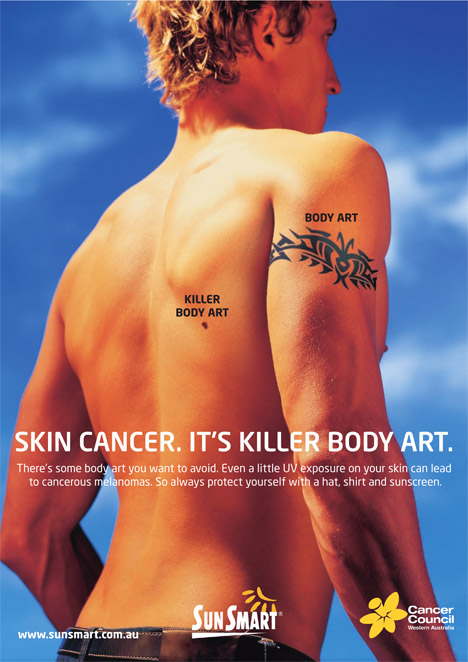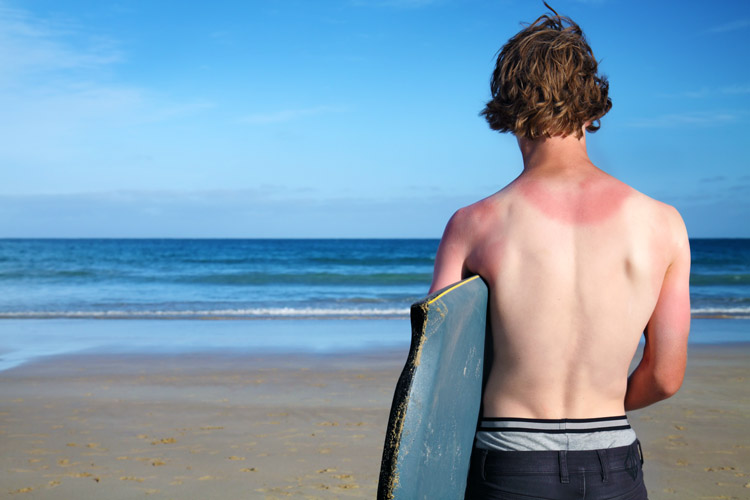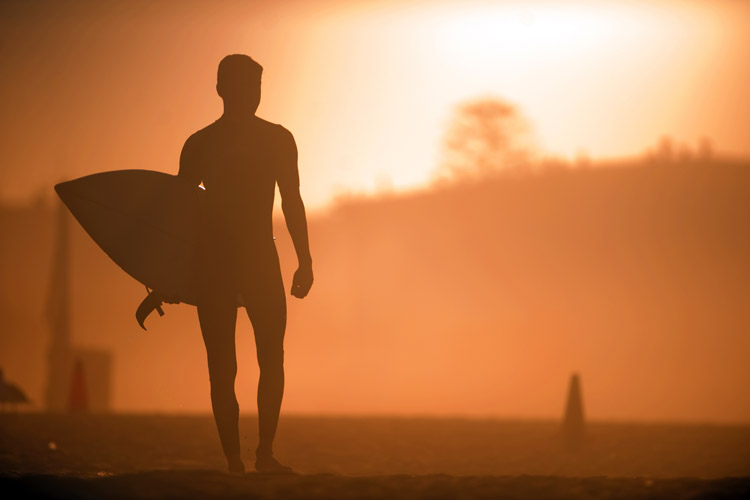Sunburns are extremely dangerous. Know what to do when the skin is excessively exposed to the sun. Learn how to soothe the pain and treat a sunburn.
The sun is one of the best vitamin D providers, but sometimes a sunburn occurs when we least expect it, for example, in the first days of spring.
Dermatologists have been spreading the word for quite a while - avoid prolonged exposure to the sun between 10 am and 4 pm, i.e., when the sun's UV rays are strong and intense.
Did you know the melanoma risk doubles after more than five sunburns? Melanoma kills around 10,000 people in the United States per year.
The older you get, the more chances you have of developing this type of skin cancer.
What's even scarier is that a sunburn can appear in less than 15 minutes on a cloudy day, and a poor diet will reduce your defensive shield against UV rays.

Sunburn Stages and Treatment
There are two main stages of sunburn:
- First-Degree Sunburn: A superficial, mild redness of the skin that heals in less than four days;
- Second-Degree Sunburn: An extremely red appearance of the skin that causes pain and results in swelling and blisters;
The good news is that soothing the pain also leads to treating a sunburn. The first thing you need to do is to act fast:
- Cover up, get out of the sun immediately, stay in the shade, and wear a hat;
- Apply cold water compresses to the affected area: Never use ice on the sky after a sunburn;
- If you start feeling pain, take ibuprofen and/or apply a one-percent hydrocortisone cream;
- Use loose clothes to mitigate skin irritation: In the first 48 hours, try to avoid tight clothing;
- Avoid perfumes and soap: Instead, use natural products containing aloe vera;
- Drink a lot of water or natural juices: That is one of the most important things you must do after a sunburn. Your body and skin need hydration to heal the attacks from the UVA and UVB rays. Water doesn't mean sodas, energy drinks, or alcoholic beverages. Water is simply plain water;
- Eat a lot of vegetables and fruits: Honeydew, beetroot, orange, cantaloupe, watermelon, almonds, mustard greens, spinach, hazelnuts, avocado, and papaya will accelerate the sunburn healing process;
A few days later, the skin will start to peel, and you must make sure you protect the new, fragile epidermis from the sun.
If you continue feeling severe pain, chills, or fever or notice sunburn, blisters, and dry mouth, please visit a doctor immediately.

Sunburns are also responsible for accelerated skin aging. People who are often exposed to the sun's rays - surfers, sailors, fishermen - should protect themselves with high sun protection factor (SPF 30+) sunscreens.
Always remember that the best remedy for sunburn is prevention. The sun is an ally, but prolonged exposure to the star will result in serious health problems.
Finally, sunscreen should be applied 30 minutes before sun exposure so that its ingredients have time to begin their interaction with the skin.
Human skin is a very sensitive tissue. Avoid red, aching skin. Protect yourself, and share your knowledge with others. Tanning is great; sunburns are not.
Discover the best sunscreens for surfers.
